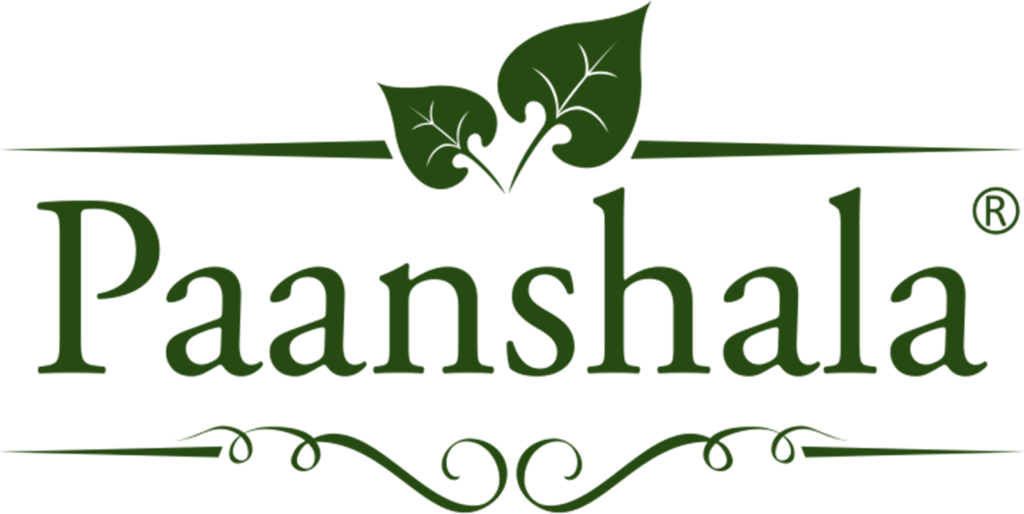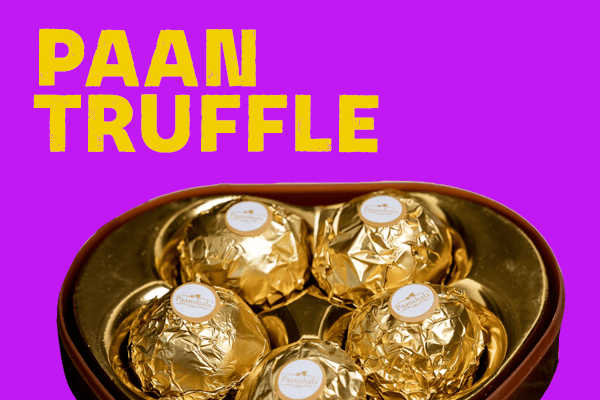
Exploring Varieties and Global Culinary Influences
Beetel Leaf, known as “Paan” in India, is not just a leaf; it’s a cultural phenomenon that has found its way into various cuisines around the world. From its origins in India, Beetel Leaf has made its mark on global culinary traditions, offering a unique and flavorful experience.
In India, Beetel Leaf is traditionally consumed after meals as a digestive and mouth freshener. It is often filled with an assortment of ingredients like betel nut, sweeteners, spices, and even tobacco. However, Beetel Leaf has transcended borders, influencing the culinary landscape in countries like Thailand, Indonesia, and Malaysia.
In Thailand, Beetel Leaf takes on a new dimension with the addition of tangy lime, roasted coconut, and other savory fillings. This variation, known as “Mieng Kham,” showcases the fusion of flavors and textures, creating a delightful appetizer.
In Indonesia, Beetel Leaf finds its way into the famous dish “Rujak,” where it is combined with tropical fruits, peanuts, and a spicy sauce, resulting in a harmonious blend of sweet, tangy, and spicy flavors.
Malaysia, too, embraces Beetel Leaf in their culinary traditions, incorporating it into dishes like “Ulam” salads or using it as a wrapper for rice and sambal.
The global culinary influences on Beetel Leaf have allowed it to evolve beyond its traditional boundaries, showcasing its versatility and adaptability. Whether enjoyed in its traditional form or in creative variations, Beetel Leaf continues to captivate taste buds around the world, offering a unique and flavorful experience that transcends cultures and borders.





















